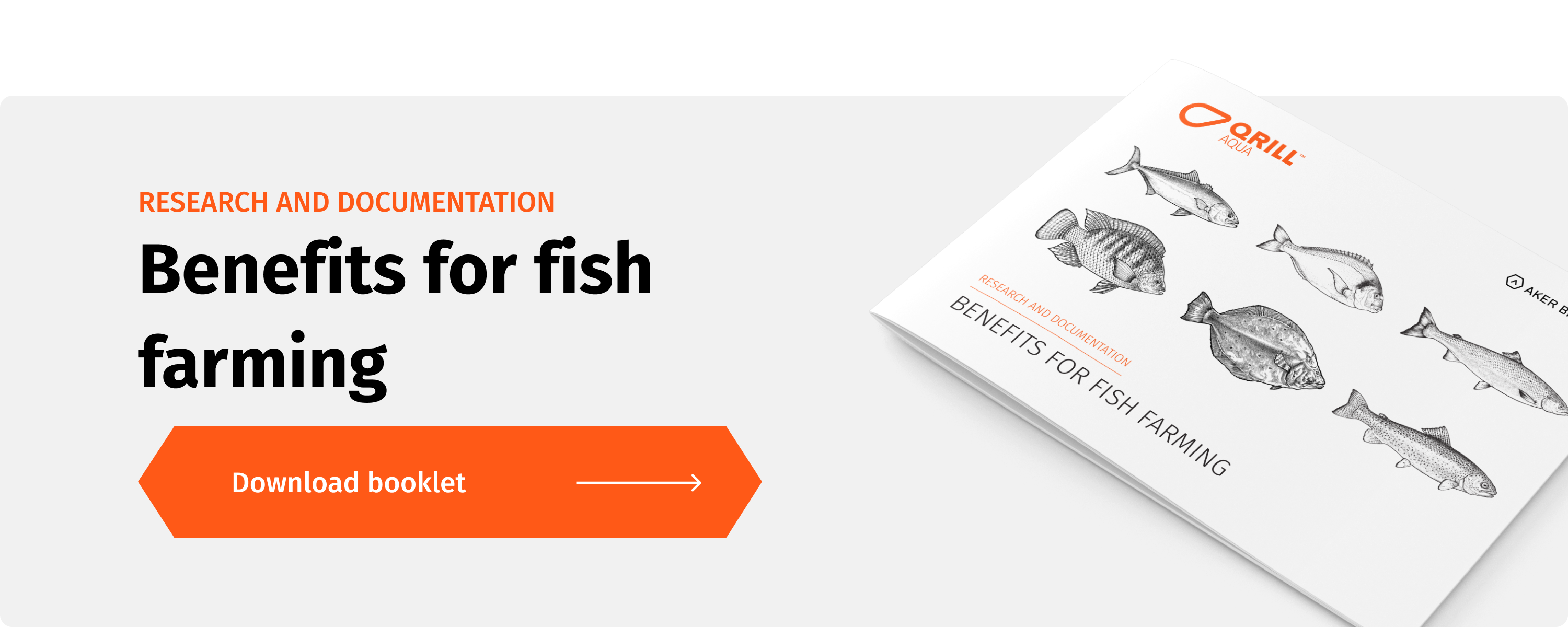With both fish meal and fish oil suffering from price issues, along with concerns over sustainability, the search for suitable aquaculture feed ingredients to replace them is constant. A new study shows that the amount of fish meal can be reduced, if krill meal is added to feed, with growth performance actually improving.
Conducted at the Institute of Sustainable Aquaculture and Marine Ecosystems (ECOAQUA), Universidad de Las Palmas de Gran Canaria, Spain, and focusing on gilthead seabream juveniles, the 12-week trial evaluated the growth of fish, when split into groups and fed a diet including 3%, 6% or 9% krill meal.
Directed by researchers from the Aquaculture Research Group (GIA) and Aker BioMarine, triplicate groups of fingerlings were randomly distributed in six experimental tanks, at a density of 55 fish per tank.
Fed manually one of the diets, three times a day, for 12 weeks, feed intake was calculated by recording uptake every day, as well as the number of uneaten pellets at each feeding point. There were no significant differences in feed intake between the control group and those fed krill meal during the trial, and survival was high in all groups, around 97%.
Results
Results showed that the juveniles fed the 9% krill meal diet had significantly higher body weight (32.76 g), compared with fish fed the control diet (30.30 g). This is due to krill meal’s unique profile. Protein rich with strong palatability effect and naturally containing astaxanthin and chitin, it also has an excellent lipid and mineral profile.
In addition, the fish fed 9% krill meal also displayed a reduction in the accumulation of lipid droplets in the hepatocytes and around the pancreatic islets, showing a better feed utilization and therefore, promoting fish growth.
Enhanced production of high quality and healthy fry is of course a key driver for the successful expansion of the aquaculture industry. Developing a better understanding of the mechanisms that control early development and muscle growth is therefore critical, as it enables the key periods during development that introduce growth variation to be identified. Armed with such knowledge, growth can be maximized and the incidence of developmental disorders that have a negative impact on product quality can be greatly reduced.
Read more: Antarctic krill - a sustainable protein source for fish and shrimp
Strive to use the resources efficiently
Commenting on the results, Tibiabin Benitez-Santana, Director R&D Fish Nutrition, Aker BioMarine says: “Good nutrition is one of the four pillars for sustainable aquaculture. However, there is a raw material challenge in aquaculture, where we need to be more independent from fish meal. This seabream study is allied with industry-wide efforts to find alternative sources to fish meal and fish oil, using krill meal in aquafeeds. The findings suggest that krill meal enhances seabream juveniles’ growth, and reduces lipid accumulation in the liver, when fish meal is reduced.”
She adds: “The aquaculture industry’s goal should not be only about finding less-costly alternative sources, it should also strive to ensure that resources are used more efficiently, improving the productivity and environmental performance of aquaculture. Krill meal could be the solution as it is a sustainable, nutritional solution for the aquaculture industry.”
Offering a glimpse into the potential future of aquaculture feed, whereby fish meal can be reduced and replaced by alternative plant proteins, supplemented with krill meal, the study is an important step forward for diet and growth performance research.
Want to know more? Download our booklet below:

